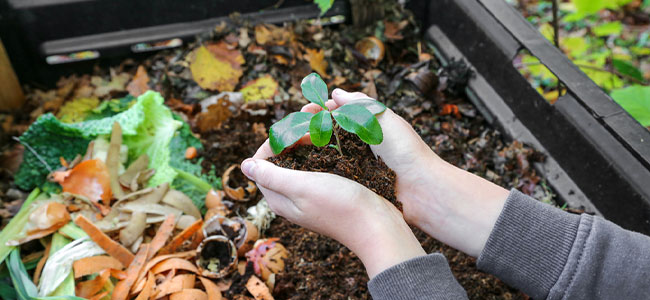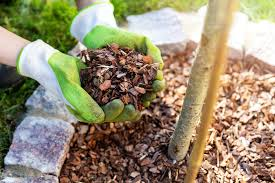It can often feel overwhelming to confront the challenges of climate change, but as a gardener, you might be more empowered than you think. Simple autumn activities, such as composting and planting winter cover crops, can play a significant role in combating climate change. These practices help sequester carbon in the soil, preventing its release into the atmosphere as a harmful greenhouse gas.
Composting to Fight Climate Change
Composting is a powerful tool in reducing the environmental impacts of waste. By composting food scraps, paper, and cardboard, we prevent these materials from entering landfills, where they would decompose anaerobically and release methane—a greenhouse gas that’s 26 times more potent than carbon dioxide. When composted properly, with ample oxygen, little to no methane is produced, and the organic matter is transformed into valuable humus that enriches the soil.

Autumn is the perfect time to start composting. As gardens wind down, you’ll likely have an abundance of weeds, spent plants, and yard waste to add to your compost heap. The warm temperatures of late summer help accelerate the breakdown of these materials, giving them a good start for the winter months.
In gardening, the process of adding compost and turning under old plant material can be seen as “carbon fixation.” Whether it’s green manure, mulch, or grass clippings, burying organic matter in the soil stores carbon, helping mitigate climate change while enriching the soil.
Using Winter Cover Crops to Store Carbon
While composting helps with carbon storage in the topsoil, winter cover crops take carbon storage a step further by reaching deep into the soil. These crops, including winter rye, wheat, crimson clover, and phacelia, grow deep roots that can extend more than 48 inches (100 cm) into the ground. When these roots decompose, they create permanent channels in the soil that store both water and carbon, enhancing the soil’s capacity to retain carbon deeper than compost alone can.
Winter cover crops also provide lasting benefits for future crops. For example, legumes like crimson clover and hairy vetch fix nitrogen in the soil, enriching it for vegetables like tomatoes in the following season. This practice not only improves soil health but also supports sustainable farming by minimizing the need for synthetic fertilizers.
A Simple, Effective Solution
In the face of ongoing environmental challenges, it’s empowering to know that our gardens can actively contribute to a solution. This fall, consider doubling your compost efforts, planting cover crops in every available bed, and extending your growing season as long as possible. Every action, no matter how small, helps reduce atmospheric carbon and promotes healthier, more sustainable soils for years to come.

By embracing composting and cover cropping, you’re not just nurturing your garden—you’re making a tangible impact in the fight against climate change.
